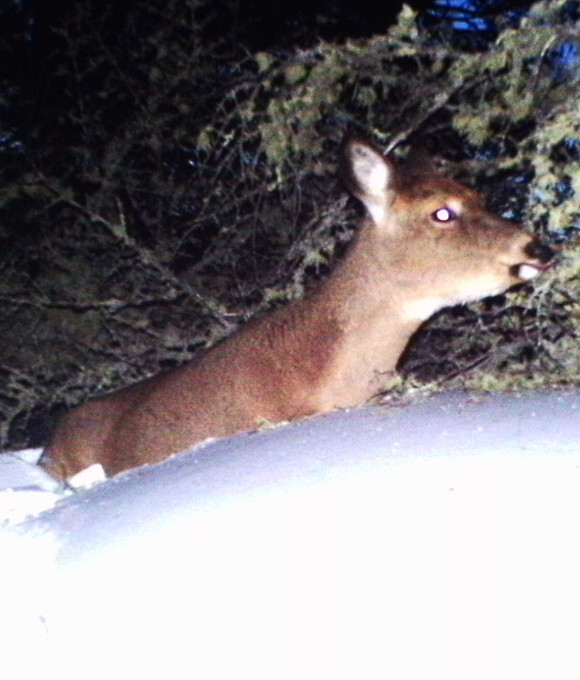Support the Timberjay by making a donation.
WSI climbing towards historic levels
REGIONAL—With more subzero temperatures forecast for the weekend, and well over two feet of snow remaining on the ground across the North Country, the winter of 2013-14 is looking increasingly grim …
This item is available in full to subscribers.
Attention subscribers
To continue reading, you will need to either log in to your subscriber account, or purchase a new subscription.
If you are a current print subscriber, you can set up a free website account and connect your subscription to it by clicking here.
If you are a digital subscriber with an active, online-only subscription then you already have an account here. Just reset your password if you've not yet logged in to your account on this new site.
Otherwise, click here to view your options for subscribing.
Please log in to continue |
WSI climbing towards historic levels
REGIONAL—With more subzero temperatures forecast for the weekend, and well over two feet of snow remaining on the ground across the North Country, the winter of 2013-14 is looking increasingly grim for the region’s deer population.
“We’ve already lost deer, there’s no question about that,” said Tom Rusch, Tower area DNR wildlife manager.
As of Wednesday, winter severity indexes across the region ranged from 155 to nearly 190, mostly depending on how early deep snow arrived in any given location. And with the ten-day forecast offering little hope of a significant warm-up, it’s increasingly clear that this winter will be at least as severe as 1995-96, when as much as one-third of the region’s deer herd died from starvation.
The winter severity index is a general measure of winter conditions, based on temperature and snow depth. The index adds a point for every day with a below zero temperature reading and another for every day with a snow depth of 15 inches or more.
Depending on weather over the next few weeks, this winter’s index is now likely to exceed 200 in many locations in the North Country. Anything over 180 is considered severe, and readings over 200 are considered historically severe, and typically lead to significant deer mortality.
“What happens in April is critical now,” said Rusch.
While several mild days last week helped to lower snow depths in the woods, the brief warm-up probably only added to the complications for deer, which are now contending with a substantial crust, which has further restricted their mobility.
At the same time, predators such as wolves, have been able to run atop the crust on some recent cold mornings, and that’s given them a tremendous advantage over the struggling deer. “That’s when the tables turn,” said Rusch. “We’ve probably had some wolf mortality already. Now the question is how long do these conditions last.”
While healthy adult deer can usually survive a tough winter, it is young deer that are likely to prove the most vulnerable. “We’re going to lose a lot of fawns this year,” said Rusch.






